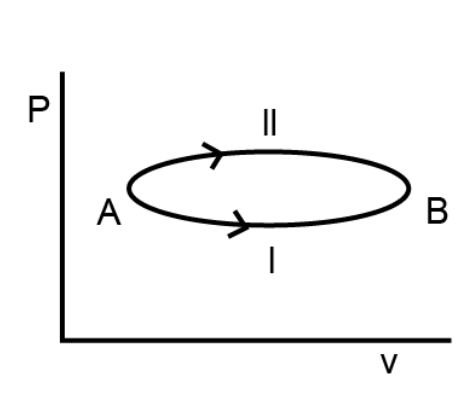If u1,u2 and v1,v2 are the initial and final velocities of two particles before and after collision respectively, then v2−v1u1−u2 is called ___________.
(A)Friction
(B)Coefficient of restitution
(C) Electrostatic force
(D) Gravitation
The correct Answer is:coefficient of restitution
To solve the question, we need to define the term given in the expression (v2−v1)/(u1−u2) in the context of collisions between two particles.
1. Understanding the Variables:
- Let u1 and u2 be the initial velocities of the two particles before the collision.
- Let v1 and v2 be the final velocities of the two particles after the collision.
2. Defining Velocity of Separation and Velocity of Approach:
- The velocity of separation after the collision is defined as the difference in final velocities:
Velocity of Separation=v2−v1
- The velocity of approach before the collision is defined as the difference in initial velocities:
Velocity of Approach=u1−u2
3. Coefficient of Restitution:
- The coefficient of restitution (e) is a measure of how elastic a collision is. It is defined as the ratio of the velocity of separation to the velocity of approach:
e=Velocity of SeparationVelocity of Approach=v2−v1u1−u2
4. Identifying the Answer:
- From the definition, we can see that the expression (v2−v1)/(u1−u2) is indeed the coefficient of restitution.
- Therefore, the blank in the question can be filled with coefficient of restitution.
Final Answer:
The answer is coefficient of restitution.
---
- Let u1 and u2 be the initial velocities of the two particles before the collision.
- Let v1 and v2 be the final velocities of the two particles after the collision.
- The velocity of separation after the collision is defined as the difference in final velocities:
Velocity of Separation=v2−v1
- The velocity of approach before the collision is defined as the difference in initial velocities:
Velocity of Approach=u1−u2
- The coefficient of restitution (e) is a measure of how elastic a collision is. It is defined as the ratio of the velocity of separation to the velocity of approach:
e=Velocity of SeparationVelocity of Approach=v2−v1u1−u2
- From the definition, we can see that the expression (v2−v1)/(u1−u2) is indeed the coefficient of restitution.
- Therefore, the blank in the question can be filled with coefficient of restitution.
The answer is coefficient of restitution.
Similar Questions
Derive final velocities V1andV2 after perfectly elastic collision.
View SolutionA particle is executing S.H.M. Ifu1 and u2 are the velocitiesof the particle at distancesx1 andx2 from the mean position respectively, then
View SolutionParticle A of mass m1 moving with velocity (√3ˆi+ˆj)ms−1 collides with another particle B of mass m2 which is at rest initially. Let →V1and→V2 be the velocities of particles A and B after collision respectively. If m1=2m2 and after collision →V1−(ˆi+√3ˆj)ms−1, the angle between →V1and→V2 is :
View SolutionTwo path 1 and 2 are shown in figure. If the change in internal energies are U, and U2 for path 1 and 2 respectively, then

View SolutionTwo particles are projected from a point at the same instant with velocities whose horizontal and vertical components are u1,v1 and u2,v2 respectively. Prove that the interval between their passing through the other common point of their path is
2(v1u2−v2u1)g(u1+u2)
View SolutionIf v1 and v2 be the velocities at the end of focal chord of projectile path and u is the velocity at the vertex of the path, then
View SolutionAssertion : The average velocity of a particle having initial and final velocity v1 and v2 is v1+v2/2.
Reason : If r1 and r2 be the initial and final displacement in time t, then vav=r1−r2t .
View SolutionTwo particles of masses m1 and m2 and velocities u1 and αu1(α≠0) make an elastic head on collision. If the initial kinetic energies of the two particles are equal and m1 comes to rest after collision, then
View SolutionTwo particle of masses m and 2m are coliding elastically as given in figure. If V1 and V2 speed of particle just after collision then
_2019_CBT5_E01_051_Q01.png)
View SolutionConsider objects of masses m1andm2 moving initially along the same straight line with velocities u1andu2 respectively. Considering a perfectly elastic collision (with u1>u2) derive expressions for their velocities after collision.
View Solution
